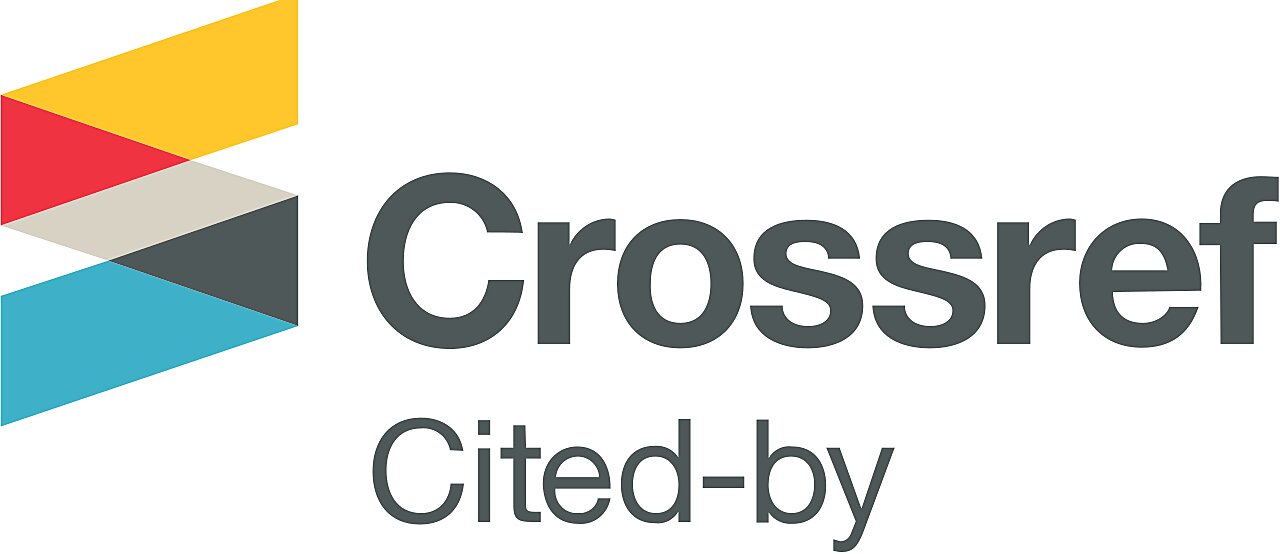
Larvas brancas (Coleoptera: melolonthidae) associadas ao cultivo de café Coffea Arabica na Colômbia e caracterização dos danos.
Resumo
As larvas brancas (Coleoptera: Melolonthidae) são um grupo diversificado de besouros com hábitos rizófagos, fitófagos e saprófagos na zona cafeeira colombiana, com 144 espécies registradas e 44 associadas ao Coffea arabica. Esses insetos eventualmente representam um risco durante o estabelecimento de uma cultura de café, cortando as raízes em mudas com menos de seis meses de idade. Para identificar as espécies e caracterizar os danos, as larvas foram amostradas no solo e os adultos foram capturados mensalmente durante um ano, usando armadilhas luminosas, em Santander, Antioquia, Caldas e Cauca. Da mesma forma, foram realizados bioensaios de herbivoria com larvas e adultos em mudas de café. A amostragem com armadilhas luminosas reuniu um total de 14.944 adultos e 44 espécies, com diversidade e abundância, respectivamente, de 34 espécies e 2.411 indivíduos em Antioquia, 29 e 1.889 em Caldas, 25 e 10.003 em Cauca, e 19 e 641 em Santander. As larvas de Phyllophaga sericata, P. obsoleta, P. menetriesi e Cyclocephala fulgurata foram as que mais se alimentaram das raízes de café, com médias de 33,6%, 51,6% e 64,8%, com uma, três e cinco larvas, respectivamente. Adults of Plectris pavida, Astaena valida, Anomala cincta, Symmela sp., and Pelidnota prasina chew from leaves and consume up to 60% of the coffee foliage. The largest captures of white grubs coincided with the beginning of the rain seasons during March-April and September-October, a moment from which early warnings could be generated to adopt preventive management measures during the establishment of coffee crops.
Biografia do autor (See)
Referências (See)
Artigos mais lidos pelo mesmo(s) autor(es)
- Carmenza Esther Góngora, Zulma Gil-Palacio, Controle biológico de percevejos da raiz do café com fungos entomopatogênicos , Cenicafé Journal: v. 71 n. 2 (2020): Cenicafe Journal
- Luis Miguel Constantino, José Raúl Rendón, Giovanny Cuesta, Rubén Medina-Rivera, Pablo Benavides Machado, Dinâmica populacional, dispersão e colonização da broca do café Hypothenemus Hampei na Colômbia , Cenicafé Journal: v. 72 n. 1 (2021): Cenicafe Journal
- Carlos Andres Unigarro, Lina Marcela Díaz Bejarano, Jhon Félix Trejos Pinzón, Efeito de dois indutores florais na floração e na produção do café , Cenicafé Journal: v. 70 n. 2 (2019): Revista Cenicafé
- Carlos Andrés Unigarro, Jhon Félix Trejos Pinzón, José Ricardo Acuña Zornosa, Estrutura e distribuição de luz no dossel de duas progênies de café com diferentes ângulos foliares , Cenicafé Journal: v. 72 n. 1 (2021): Cenicafe Journal
- Juan Maldonado-Cepeda, Jesús Gómez-Llano, Pablo Benavides Machado, Luis Eduardo Escobar, Zulma Gil-Palacio, As plantas daninhas e sua importância na manutenção da diversidade de insetos que visitam as flores nas plantações de café , Cenicafé Journal: v. 74 n. 1 (2023): Cenicafé Journal
- Rocío Espinosa, Zulma Gil-Palacio, Pablo Benavides Machado, Visitantes florais de Ochroma pyramidale em sistemas agroflorestais com café e cobertura natural no departamento de Santander , Cenicafé Journal: v. 73 n. 2 (2022): Cenicafé Journal
- Luis Miguel Constantino, Pablo Benavides, Esther Cecilia Montoya, Héctor Flavio Álvarez-Agudelo, Jhon Félix Trejos Pinzón, Juan Rodrigo Sanz-Uribe, Comportamento da população e estratégias de controle da broca-do-café durante a retenção do passe de colheita , Cenicafé Journal: v. 75 n. 1 (2024): Cenicafé Journal
- Luis Miguel Constantino, Pablo Benavides Machado, Efeito dos predadores Cathartus quadricollis e Ahasverus advena (Coleoptera: Silvanidae) sobre Hypothenemus hampei no campo , Cenicafé Journal: v. 74 n. 1 (2023): Cenicafé Journal
- Luis Salazar-Gutiérrez, Myriam Cañón, Daniel Antonio Franco, Jhon Félix Trejos Pinzón, Avaliação de equipamentos e métodos de aplicação de herbicidas no cultivo de café , Cenicafé Journal: v. 75 n. 1 (2024): Cenicafé Journal









